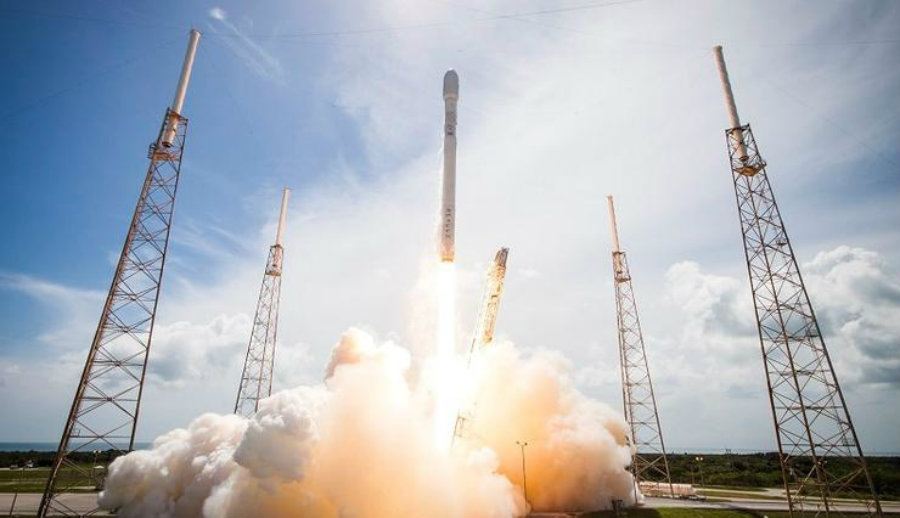Members of NASA Space Station Advisory Committee criticized the SpaceX refueling plans for manned rockets, labeling it as a “hazardous operation.”
The same NASA advisers had warned the company earlier this year, months before the SpaceX Falcon 9 rocket exploded in September. Currently, SpaceX intends on fueling the Rockets with astronauts already aboard the capsule located at the top of the rocket. The plan was criticized by the entirety of the committee through a letter sent by its chairman Air Force Lt. General Thomas Stafford. So far, NASA has not emitted an official statement.

The presence of fuel increases the risk of explosions
SpaceX did explain that their refueling process is optimized in a way that “it minimizes the duration and number of personnel exposed to the hazards of launching a rocket.” Although this may be the case, it is a common practice for space agencies to avoid refueling equipment with people on board. This is so if there’s an accident, the least amount of human loss is attained.
SpaceX rockets need to use cold fuel to reach maximum efficiency, due to it occupying less volume. This makes it so astronauts do not have enough time to prepare for launch before the fuel warms up, forcing them to remain aboard during the fueling process. But the Rockets do have an emergency evacuation system that would expel the transport capsule, so it is far from danger.
Each accident is two steps backward
Apparently, the explosion of the Falcon 9 rocket that occurred back on September was due to faulty fueling procedures. Experts believe that a helium tank inside the rocket’s booster was the primary cause of the accident. A chemical explosion ensued and destroyed the rocket and the satellite it was carrying. Later, SpaceX officers stated that the probable cause was operational rather than the design of the rocket’s booster equipment.
Another explosion occurred on June 2015, when a Falcon 9 rocket exploded along with $100 million in cargo headed towards the ISS.
Ongoing concerns will most likely set back SpaceX’s intentions of sending manned flights to Mars in 2020. Elon Musk has already asserted that he plans to build a city on Mars, but that the first airline-like flights would occur in at least ten years “if things go super well.”
A flight to Mars aboard the Falcon 9 rocket would take around six months, which would then return to Earth as it lands on a launchpad. Currently, NASA relies on SpaceX to develop sustainable space travel while the agency focuses on scientific research.
Just like most large entrepreneurship projects, Musk’s plans for space colonization will have to resist critique and risks. NASA has had its historical account of accidents and human losses. Luckily, SpaceX has not had to deal with such matter.
But seeing that a Tesla self-driving car was already involved in a lethal accident, it is a matter of time until one of SpaceX’s flights ends tragically. Musk and modern technology entrepreneurs have already realized this, but prefer not thinking about whether it’s going to happen and instead, they are trying to stop it from happening as long as it is possible.
Source: Wall Street Journal
